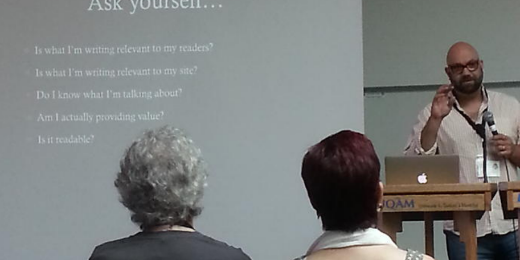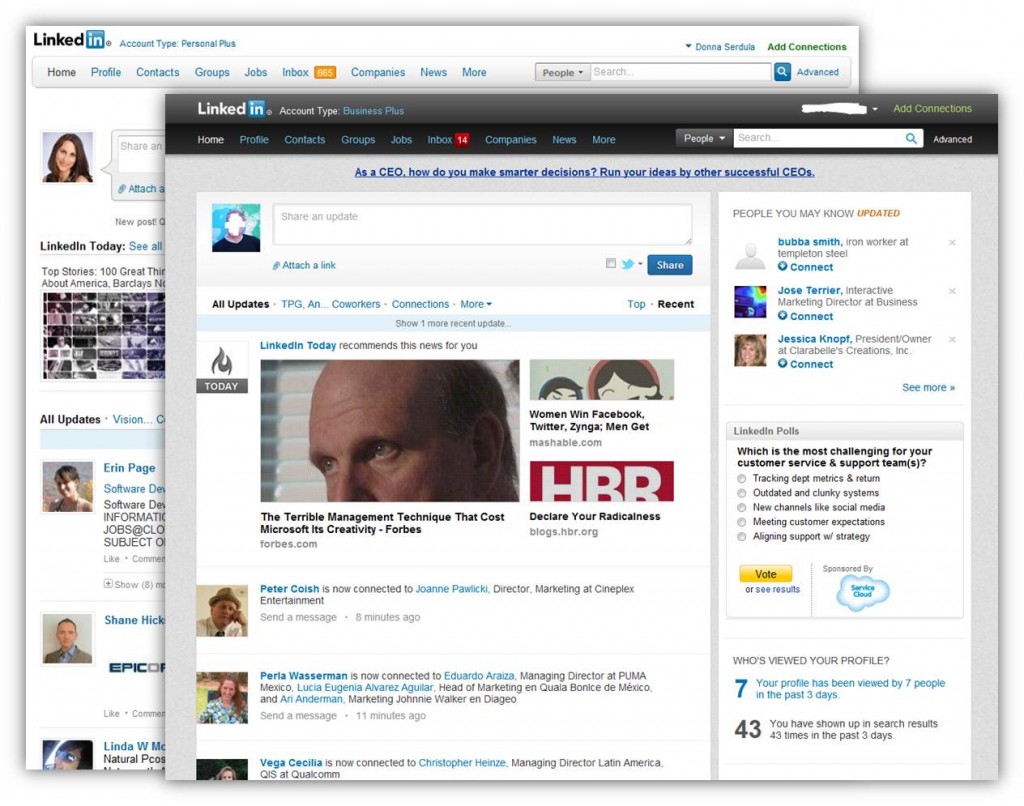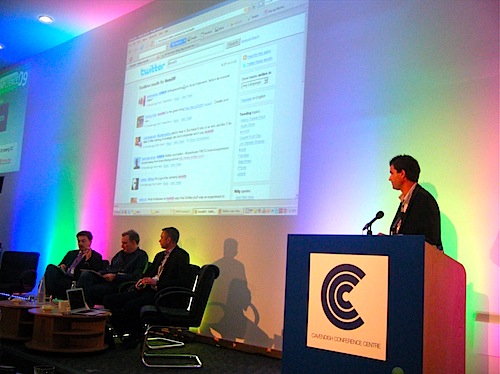It seems that social networks and the Internet in general have been playing an increasingly important role in our lives. While the online world hasn’t completely displaced our real-world connections, we certainly rely on it as a way to socialize, follow news and events, shop, find information, and otherwise live digitally.
As we said in our year-end review of web design and development trends, we welcome new industry developments but are mindful to take them with a grain of salt. With that in mind, this post outlines some of the trends and developments we’ve seen in the realms of social media and online marketing, and which savvy small businesses can benefit from.
1. Google’s Penguin Update Gives Web Spam Cold Shoulder
 In 2012, Google rolled out a major search engine update, Penguin, designed to penalize sites that use underhanded tactics like content spinning and keyword stuffing to rank higher in search rankings. On the other hand, this shakeup let content-heavy websites and brands with active blogs and forums rise to the top. The old adage, “Content is king,” was proven right once again.
In 2012, Google rolled out a major search engine update, Penguin, designed to penalize sites that use underhanded tactics like content spinning and keyword stuffing to rank higher in search rankings. On the other hand, this shakeup let content-heavy websites and brands with active blogs and forums rise to the top. The old adage, “Content is king,” was proven right once again.
2. Content Marketing
 In fitting with the first trend on our list, 2012 has been a year where original, high-quality content has been vitally important, not only for search engines, but also for customers. In his presentation at WordCamp Montreal, Mark John Hiemstra said that Google has reached a point of sophistication where a website copywriter needs to create valuable and readable content for site visitors, not just search engines.
In fitting with the first trend on our list, 2012 has been a year where original, high-quality content has been vitally important, not only for search engines, but also for customers. In his presentation at WordCamp Montreal, Mark John Hiemstra said that Google has reached a point of sophistication where a website copywriter needs to create valuable and readable content for site visitors, not just search engines.
After Google’s rollout of Penguin, many marketers started looking towards “Content Marketing” strategies built around the production of useful, informative articles and videos to appeal to prospective clients and to address their problems.
Many businesses that use Content Marketing are even able to re-purpose older material. For instance, some turn a client presentation into an online video, or take their most asked questions and answer them in a series of blog posts.
By offering this content to potential clients online, you have the potential to make an impression on them as they research their options, increasingly your chance of making them a client.
3. LinkedIn Redesign
 Business-oriented social network LinkedIn has undergone a long-overdue redesign, making the site more navigable and useful. Marketers were thrilled at new LinkedIn features such as the ability for companies to add more images, and have more control over how their corporate image is presented. And the rollout of “endorsements” have allowed people to more easily give and get feedback without having to write a lengthy endorsement.
Business-oriented social network LinkedIn has undergone a long-overdue redesign, making the site more navigable and useful. Marketers were thrilled at new LinkedIn features such as the ability for companies to add more images, and have more control over how their corporate image is presented. And the rollout of “endorsements” have allowed people to more easily give and get feedback without having to write a lengthy endorsement.
There were also a number of under-the-hood changes such as Facebook-like news feed updates that provide articles and updates based on what those in your network are reading, sharing, and commenting on. Marketers can also use “targeted updates” to reach users based on, for instance, the industries they follow and/or their location. If you weren’t linked before, this is certainly reason enough to get linked in.
4. Your Divided Attention: Twitter as a Backchannel
 Excuse us for checking Twitter during your presentation. You’re going to have to get used to the “backchannel” – the online conversation on an event or topic.
Excuse us for checking Twitter during your presentation. You’re going to have to get used to the “backchannel” – the online conversation on an event or topic.
The backchannel lets an audience weigh in on the main event, pose questions to other attendees and even fact-check the presentation. Although you don’t have control over the backchannel, it isn’t something you should fear but should prepare for to avoid a backchannel disaster. A backchannel is something you may want to encourage by, for instance, using Hashtags or a “Twitter Team” that will help spur discussion.
After attending the American Sociological Association annual meeting, social media theorist Nathan Jurgenson found that social media didn’t create separate online and offline conferences; they’re more-or-less two sides of the same coin. He writes, “The reality of the conference is always both digital and physical for everyone whether their noses are buried in a screen, sheets of paper, or staring unblinkingly at the podium.”
This suggests that a medium thought to be a “backchannel” can actually share the stage with the main presentation.
5. Viral Ads Based on Values
This year we saw some companies use advertising to show their support of causes – even if it made them stir controversy. For instance, the iconic black-and-white Oreo cookie was given a rainbow of colour for Pride Day. Oreo’s ad was unexpected and did unleash some anger and vitriol, but it also became something that people wanted to share on Facebook and other social networks. That’s how the cookie crumbles.
http://www.youtube.com/watch?v=fxyhfiCO_XQ
6. Creative Techniques of Packaging Messages
Some non-profits have done a great job of using social media memes to draw attention to real-world problems. For instance, the First World Problems meme (in which Twitter users acknowledge that they’re privileged to gripe about, for instance: “I’ve got too much food in the fridge to get to the food I want”) was repurposed to show the starkness of poverty.
And in another instance of packaging a message to reach a wide audience, a Canadian doctor helped spread the idea that a half-hour of daily exercise is the magic pill to cure aches and pains. Toronto’s Dr. Mike Evans used the popular “Visual Lecture” format where the presentation is accompanied by illustration. His video was spread virally, amassing more then 3 million views and spreading knowledge on avoiding medical conditions through prevention.
We think this is a great example of a good use of social media for good.
We loved seeing different social media and online marketing trends and techniques unfold over the past year. Did you notice the same undercurrents? Are there any trends that you noticed that we hadn’t mentioned? Please let us know in the comments!
Do you think your business could incorporate these social media and online marketing trends into your business? Contact Kobayashi Online, and we can find a marketing solution that will work for you!